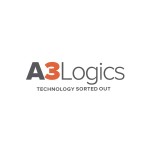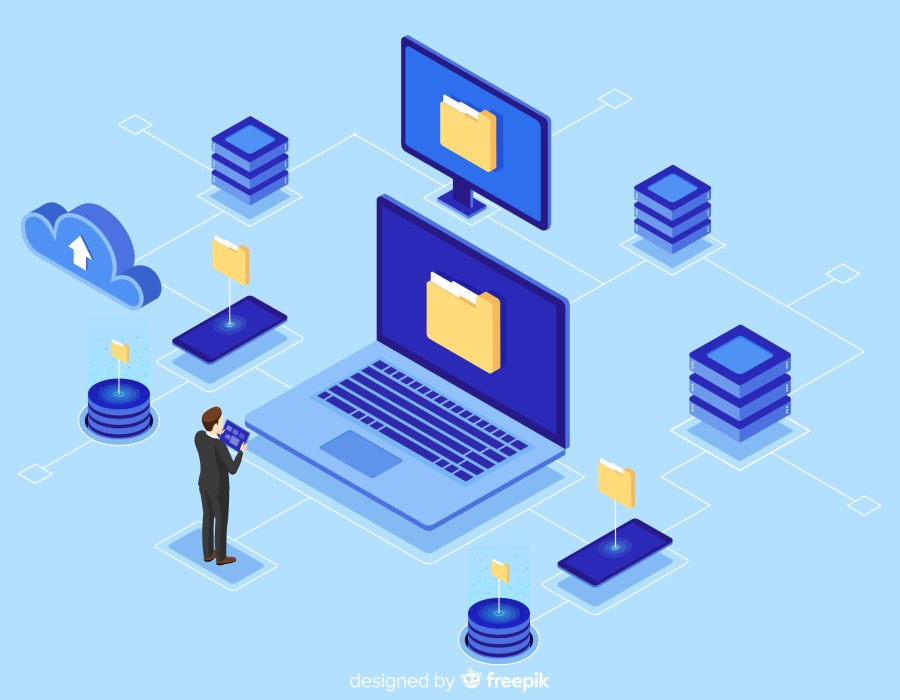Electronic Data Interchange (EDI) is a widely used communication method for businesses worldwide, enabling efficient and faster document exchange and processing. EDI offers an automated, faster, and more efficient alternative to manual methods, reducing errors and time-consuming processes.
A Brief Introduction to EDI X12
EDI is a flat-file technology used by businesses to securely share transactions, information, or files. It uses the EDI X12 format, based on ASC X12 standards, and is used in various protocols like FTP and API-based systems. ANSI X12 is used by various industries for specific data types.
Below are a few formats :
- EDI 834– Benefit Enrollment and Maintenance
- EDI 837- Healthcare Claim Transaction Set
- EDI 835 – Healthcare Claim Payment/Advice
- EDI 270/271 – Healthcare Eligibility, Coverage or Benefit and Information Response
- EDI 278 – Healthcare Services Review – Request for Review and Response
- EDI 820 – Payroll Deducted and Other Group Premium Payment for Insurance Products
Aside from business, X12 is also used in terms of sending and receiving EDI documents and files: invoices, purchase orders, and others. Indeed, this particular EDI solutions is used across other industries, for instance, insurance, health, electronic commerce, et cetera, because of its audit trails; it ensures security and cost-saving features as it is automated and time-saving.
A Brief Introduction to EDIFACT
EDIFACT is an international EDI standard under the United Nations, used by commercial and governmental organizations for secure data exchange across multiple countries and industries, particularly in Europe and the US.
Use cases
EDI support services providers offer EDI Solutions facilitating the EDIFACT standard to an extensive level of use-case scenarios. Some of the most evident use cases where the EDIFACT standard is used consist of General utility and business-to-business e-commerce.
International Trade: EDIFACT is a widely used standard for exchanging data related to shipment, customs clearance, and trade activities, supporting various documents like invoices and bills of lading.
Healthcare: EDIFACT is utilised by healthcare providers, insurance companies, and government bodies to exchange patient information, medical histories, and condition reports.
Automotive: The automobile industry uses EDIFACT for data interchange related to the production and supply chain of automobile arms and cars.
Retail: EDIFACT finds its use in the retail industry for sharing data over order information, invoices, and shipment information between the retailer and supply chains.
Transportation: For transportation, it means EDIFACT exchanging information regarding shipping, logistics, and freight forwarders.
EDI Providers offer solutions that support both standards: EDIFACT and ANSI X12 standards for businesses to choose from. At the end of the day, the choice of EDIFACT or ANSI X12 depends on various matters such as his or her industry, the trading partners leveraged in the implementation, and the use case.
EDIFACT vs X12
EDI enhances communication efficiency, ensures data accuracy, and minimises costs. Managed EDI Service Providers provide smooth electronic document flow between trading partners, using X12 and EDIFACT standards.
Geographical Location
Geographical location plays one big role for a company in choosing between X12 and EDIFACT when looking for EDI services. Most EDI solution providers specialise in one given geographical region and may have different packages ready for different locations.
Distance between trading partners influences EDI format choice. X12 messages are shorter, bandwidth-efficient, suitable for distant companies, while EDIFACT messages are robust, better suited for nearby companies.
Use Cases
ANSI X12 EDI is used primarily in healthcare to ensure that healthcare documents comply with HIPAA.
However, EDIFACT is used for documents that are not meant for HIPAA. Instead, this format is used in other industry areas, including government, supply chain, and finance.
Standards Developers: The EDI services provider is crucial for implementing standards, providing necessary software and infrastructure for businesses to send and receive EDI messages. The ANSI ASC X12 EDI standard, developed and maintained by ASC X12, was chartered by ANSI in 1979.
Terminators/Separators: EDI services are primarily used by X12 and UN EDIFACT, with X12 using a tilde for segment separation and an asterisk for element termination, and UN EDIFACT using a period or dot for segment separation and a (+) sign for element separation.
Document Structure: Although the message structures of X12 and EDIFACT are similar, both use different terminologies. Messages in both EDI data formats include Transaction Set, Functional Group, Interchange, and EDI Document. Here is how our EDI-managed services provider explains the differences
Transaction Set and Message: This is the main body of the message, like order details in a purchase order. It is known as a Transaction Set in X12 while a message is in EDIFACT
The Functional Group: The header and footer segment in X12 and EDIFACT standards indicate the destination of messages or transaction sets, respectively, and can be multiple or multiple messages.
The Interchange: The message or document has a header and footer, specifying the recipient company, with the former using ISA and the latter UNB and UNZ.
Conclusion
Knowing the critical differences between EDI X12 and EDIFACT will help you select the right solution for your business. Both the standards are a bit complicated to comprehend entirely. You still may have many queries before you make your decision.
For more details: https://www.a3logics.com/blog/ansi-x12-vs-un-edifact/






Comments